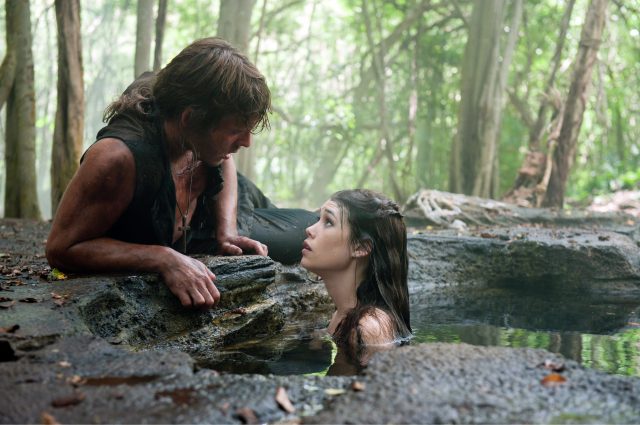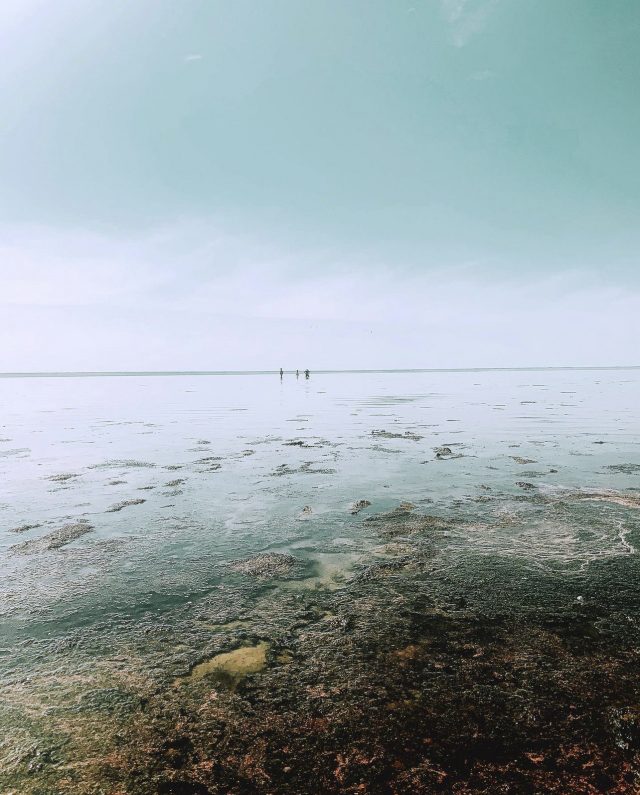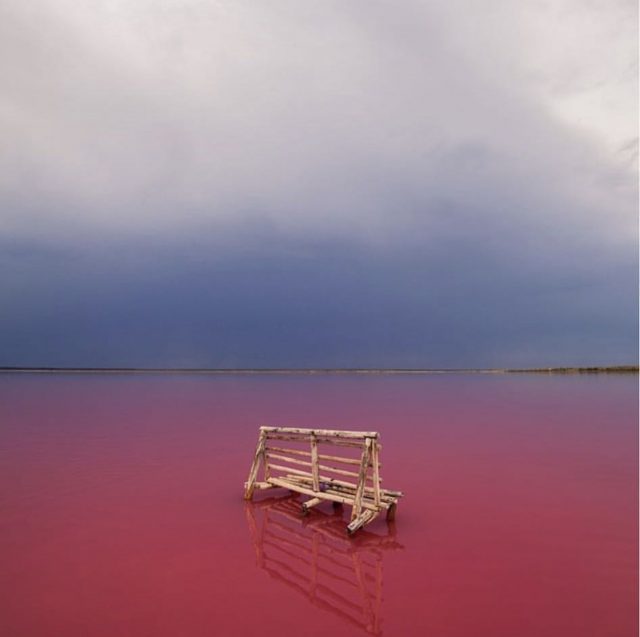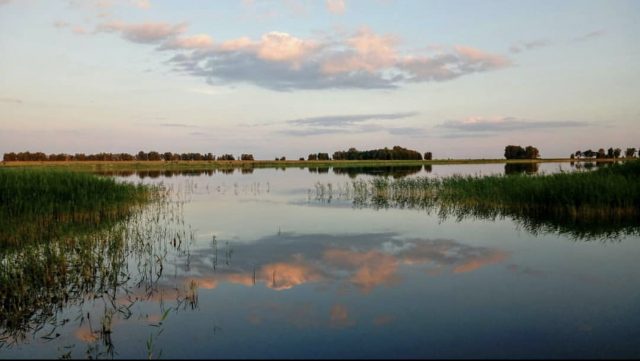Traveling around Russia is gaining great popularity, and for good reason, because our country is truly vast and incredibly beautiful. INSIDE In this article we will tell you about the most famous salt lakes of Russia, how to get to them and why they are worth visiting.
Why and how do salt lakes form?

Salt is found not only in the seas but also in lakes that can be visited in Russia. So how do salt lakes form and why? The formation of salt lakes usually occurs in arid regions. Once too much water enters the pools, they are undrained because water consumption is achieved through evaporation. In this case, minerals remain in the lakes and accumulate later. For this reason, salt layers sometimes form on the shores, and in the summer months reservoirs can dry out completely.
Medicinal properties
Vacationing on a salt lake is not only relaxing and allows you to lie on the water, it can also be therapeutic. Such waters include healing mud for wrapping purposes and mineral water, which is always beneficial. You can also take a salt bath thanks to such a lake. Well, isn’t it luxury? The important thing is not to overdo the treatment because high mineral concentration can work in the opposite direction. For this reason, it is recommended that you do not stay in the water for more than 20 minutes, use mud compresses and take a shower after swimming.
List of salt lakes in Russia
Let’s move on to the list of the saltiest lakes in Russia and find out where they are, how to get to them and what their features are.
Lake Baskunchak

Lake Baskunchak is located in the Astrakhan region, on the territory of the Bogdino-Baskunchak Nature Reserve. You can reach Volgograd by plane or train, and from there you can reach the villages near the lake by road.
This lake produces 80% of Russian salt and only certain types of bacteria can live in it. In the local sanatorium, skin diseases, as well as the immune and nervous systems, are treated with mud from below. The maximum depth of the reservoir is one meter. In the 60s of the last century, the surface of the lake was covered with a smooth salt crust, on which Soviet racers rode and set world speed records.
Lake Ebeity

Lake Ebeity is the largest in the Omsk region, where you need to fly by plane, then drive 2.5 hours by car and walk another hour in the steppe.
The lake is home to Artemia crustaceans, which cause the shore to take on a pinkish color after drying. Its depth is less than one meter. Around Ebeyty you can observe beautiful desert landscapes and collect useful sulphate mud from the lake.
Lake Razval

Lake Razval is located in the Orenburg region in the resort town of Sol-Iletsk. To get to the lake, you need to fly to Orenburg by plane, and then get to Sol-Iletsk by car or bus within an hour.
In fact, Razval is one of a group of lakes located in the Iletsk salt deposit. The lake was created artificially: During the Tsarist Russia, rock salt was extracted from the Tuz-Tüp Mountain, which was depleted over time, and the quarry was filled with water. The depth of the lake reaches 22 meters.
raspberry lake

Raspberry Lake can probably be called one of the most beautiful lakes in Russia. It is located in the Altai Territory, and the way to get there is not easy, but worthwhile: first fly to Barnaul by plane, then six hours by car.
Your holiday there will definitely be unforgettable. The reservoir was popular in the time of Catherine II. Now salts from the bright pink lake are used in cosmetology, for the treatment of joints, skin and nerves. We almost forgot to tell you why the reservoir has such a unique color! It has acquired a dark red color due to the presence of phytoplankton, and the taste of the water is not only salty, but also bitterly salty because it contains sodium.
Lake Elton

Lake Elton is the largest mining lake in Europe and is located in the Volgograd region. To get there, you need to get to Volgograd and from there travel another five hours by road.
The depth of the lake varies and varies with the season: in spring, the water level rises up to one and a half meters, in summer it drops to 7-10 cm. People often call the lake Golden because of the red algae that covers it. lower. Thanks to this, Elton achieves a golden color that is best seen at sunset.
Kulundinskoye Lake

Kulundinskoye Lake is located in the Altai Territory, where the salty Raspberry Lake is located. Getting there is also not easy: first fly to Novosibirsk, then to Slavgorod, and only then go to the Kulundinsky district.
Due to the size of the completely isolated reservoir, Lake Kulundinskoye is surrounded by sandy beaches, it is often referred to as the Altai Sea, and this is understandable. During the summer months, its 728 km2 area decreases by 100 km due to the same evaporation. It is obvious that the place is popular among tourists. It is believed that the water in the lake is so healing that after swimming in it, all diseases will subside for a year.
Chany Lake

Lake Chany is considered the largest lake in Siberia. It is located in the Novosibirsk region, which for a tourist means a flight to Novosibirsk, followed by a transfer in Barabinsk and arrival in the Chanovsky region.
The water of the lake is slightly salty because it is mostly fed by snow. Unlike many other salt lakes, it is home to both fish and animals. A spooky legend circulates around the lake: Local people say that a huge snake lives in the lake, which drags boats, people and animals to the bottom. People die in the reservoir every year, and some of their bodies are still not found.
*Recognized as extremist and banned on the territory of the Russian Federation.
Source: People Talk
Errol Villanueva is an author and lifestyle journalist who writes for The Fashion Vibes. With a passion for exploring the latest trends in fashion, food, travel, and wellness, Errol’s articles are a must-read for anyone interested in living a stylish and fulfilling life.





